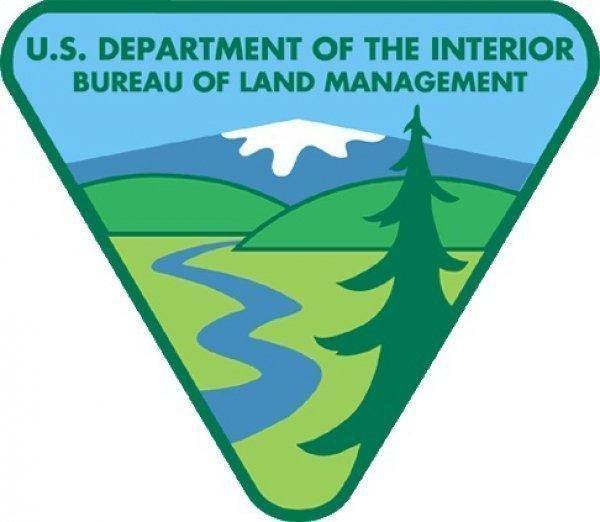Plan will ultimately help guide the orderly and responsible development of oil and gas resources there
PRICE, Utah — The Bureau of Land Management (BLM) is announcing the start of the San Rafael Desert Master Leasing Plan (MLP) process and invites the public to participate in this important effort. The MLP will serve as a roadmap to guide the orderly development of oil and gas resources in the area, while also providing protections for important conservation areas in southeastern Utah.
The MLP will focus on about 525,000 acres in Emery and Wayne counties, and could result in amendments to 2 resource management plans, or land use plans, governing BLM-managed public lands in the region. The purpose of the public “scoping” period, which begins tomorrow and runs through July 1, 2016, is to enable anyone interested to suggest issues that should be addressed as the BLM works with stakeholders to develop the plan.
“The MLP will help ensure that the energy resources found in the San Rafael Desert are developed in the right places and in the right ways,” said Jenna Whitlock, Acting State Director for the BLM in Utah. “Through the MLP process, we invite all interested stakeholders to help identify the best ways to achieve those objectives.”
Development of the San Rafael Desert MLP is consistent with the sweeping oil and gas leasing reform initiative launched by the BLM in 2010. As part of that effort, the BLM called for the development of MLPs to provide a framework for determining which areas are appropriate for responsible oil and gas exploration and development. MLPs also provide direction for resolving resources conflicts, protecting important conservation resources, supporting outdoor recreation, and other activities that benefit local communities and other public land visitors.
In addition to other issues that might be identified during scoping, through the San Rafael Desert MLP the BLM intends to:
• Resolve long-standing protests on lease parcels that have been sold, but not issued in the planning area;
• Determine whether to modify or lift lease suspensions that have been in place pending further analysis addressing lands with wilderness characteristics;
• Evaluate potential oil and gas development scenarios;
• Identify and address potential resource conflicts and environmental impacts from oil and gas development; and,
• Identify potential conditions of approval and mitigation strategies for oil and gas development activities.
Public meetings will be held as follows to provide opportunities for anyone interested to get more information and leave comments:
• Wednesday, June 15, from 6 to 8 p.m., at the John Wesley Powell River History Museum, 1765 East Main in Green River.
• Thursday, June 16, from 6 to 8 p.m., at the Museum of the San Rafael, 70 N 100 E in Castle Dale.
For more information about the project and to submit comments online, please visit the project webpage at https://go.usa.gov/cJcPw. The BLM will also accept written comments by letter or email. Commenters should reference San Rafael Desert MLP.
Comments should be mailed to:
BLM Price Field Office
125 South 600 West
Price, UT 84501
Email comments should be directed to:
BLM_UT_PR_MAIL@blm.gov
Before including an address, phone number, email address, or other personally identifiable information, commenters should be aware that the entire comment, including personal identifying information, may be made publicly available at any time. Requests to withhold personal identifying information from public review can be submitted, but the BLM cannot guarantee that it will be able to do so.
For additional information, contact Tyler Ashcroft at (801) 539-4068. Persons who use a telecommunications device for the deaf (TDD) may call the Federal Information Relay Service (FIRS) at 1-800-877-8339 to leave a message or question for the above individual. The FIRS is available 24 hours a day, seven days a week. Replies are provided during normal business hours.
The BLM manages more than 245 million acres of public land, the most of any Federal agency. This land, known as the National System of Public Lands, is primarily located in 12 Western states, including Alaska. The BLM also administers 700 million acres of sub-surface mineral estate throughout the nation. The BLM’s mission is to sustain the health, diversity, and productivity of America’s public lands for the use and enjoyment of present and future generations. In Fiscal Year 2015, the BLM generated $4.1 billion in receipts from activities occurring on public lands.

